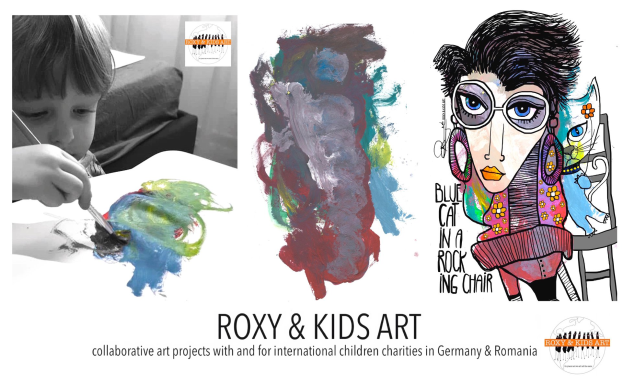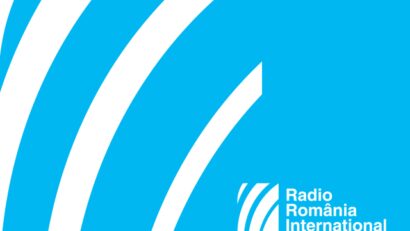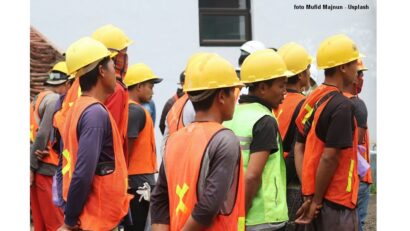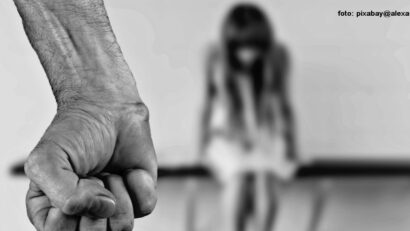The art that protects us
Collaborative art projects

Ana-Maria Cononovici, 19.08.2020, 13:00
The pattern is simple: children put patches of colour on a sheet of paper, while Roxana Ene and her son, Alexander, the artists of the ROXY &KIDS ART team see them and reinterpret them, rendering them meaningful. It is an experience about which Ive told you before: children play in a paradise of colours and substances, pencils, felt-tip pens, fruit, chocolate, even toothpaste; as for the artists, Roxana and Alexander, they continue their journey. A couple of colourful patches laid out on a sheet of paper can be the pretext for a complex painting, a painting including characters. Expressive paintings…Wiling or unwilling expressiveness, that we cannot know. And that, because we speak about art projects carried with and for children diagnosed with autism, with the Down syndrome, with psychological traumas. Ever since 2010, in Romania and Germany, Roxana Ene has been carrying collaborative art projects in placement centres or with children diagnosed with various disabilities.
A couple of years ago, using the childrens completed drawings, a book was put together. “Do you see what I see?” was the title of the book, while its subtitle runs something like “A creative book for children, parents and teachers”. The book is part of a project stressing the needs of children with disabilities.
Last year I met her at “Women on Matasari street”, a project where she manufactured the well-known traditional aprons that were made in her collaborative art workshops; the aprons are elements of a traditional apparel that can still be found in Romania, but also in Germany. The aprons with a pattern were very successful, they can be worn at waist level, they can cover the breasts, they can be worn sideways, by women and men alike. A great many of the costumes created as part of Roxanas projects were worn at resounding events, such as the Gopo Festival or suchlike. Nevertheless, the success the projects have enjoyed so far does not lie in the appraisal of the works and their purchase, but rather in the raising of funds supporting children with disabilities.
Therefore, in November last year, the heART COUTURE collection of clothing was launched, consisting in tulle skirts, the traditional apron, T-shirts, scarves. It was launched as part of a fashion show offered by 20 youngsters diagnosed with the Down syndrome and by 20 normal youngsters, who were the accompanying volunteers. It was the first fashion presentation where both the creators and the models were people diagnosed with the Down syndrome.
As usual, spring means rebirth at various levels, so Roxana Ene and the ROXY &KIDS ART team have come up with a new project.
Roxana Ene: “This time last year, the traditional apron was born. A year later, the bandanas arrived. It was as if I saw them for the first time in my life. I didnt make much of those objects, they dont suit me anyway, I had a shawl, a headscarf, covering the neck rather than the head. When I saw the children with the Marie Curie centre in 2017, some of them were wearing a bandana to cover their heads. And seeing that, I was very much impressed. Three years have passed ever since. What I saw kind of stayed at the back of my mind. I wanted to bring some joy to the little ones. They became the creators of those bandanas and I think that gives them a feeling of joy, of pride, “look at what I have on, look at what Ive got!”. Actually, I was thinking, parents could wear that as well, so that they can have the same apparel, or the physicians, or the nurses, in token of solidarity. Thats pretty much the whole story.”
The traditional aprons and the heART COUTURE collections are the outcome of a collaborative art project, and so are the bandanas.
Roxana Ene: “I was at Marie Curie, a group of 7, 8 children did some abstract painting. What I do is take a childs work, make a colour copy and then work on that copy, with no intervention on the original whatsoever. In effect, I look at it just as we look at the sky and see the clouds that have all sorts of shapes. A cloud can have the shape of an elephant, it could have the shape of a tractor or a tree, for a child. Thats what its all about, that phenomenon of metamorphosis in art. Its quite simple. And interpreting that work, I dont improve it, I just reinterpret it.”
The technique mastered by Roxana and Alexander stemmed from a need, since they had for long been working with children diagnosed with non-verbal autism, that is children who are unable to say what it is they have to convey. It is there that Roxana and Alexander make their presence felt, trying to be the voice of those children.
Moreover, apart from the wish to reinterpret some art forms, the ROXY &KIDS ART team continues to have ambitious plans. Just like in previous projects, awareness-raising activities target the lay public to a greater extent. Also envisaged is the raising of funds for children diagnosed with all sorts of conditions.
Roxana Ene:
“I have been giving it a try! First off, I thought of all children and I also thought that those who were older, healthy, beautiful and wonderful and who could do all sorts of other things, maybe less interesting, they should come and give a hand! And thats how I thought that bandana somehow provides a bond that can be more efficient than any other form of art we have created so far. Showing it to the youngsters, now, for a couple of weeks since the idea has crossed my mind, we wanted to raise funds, to ask people around us to give us a hand donating a bandana for those children.”
The project is expanding, enjoying a great amount of support already.






























